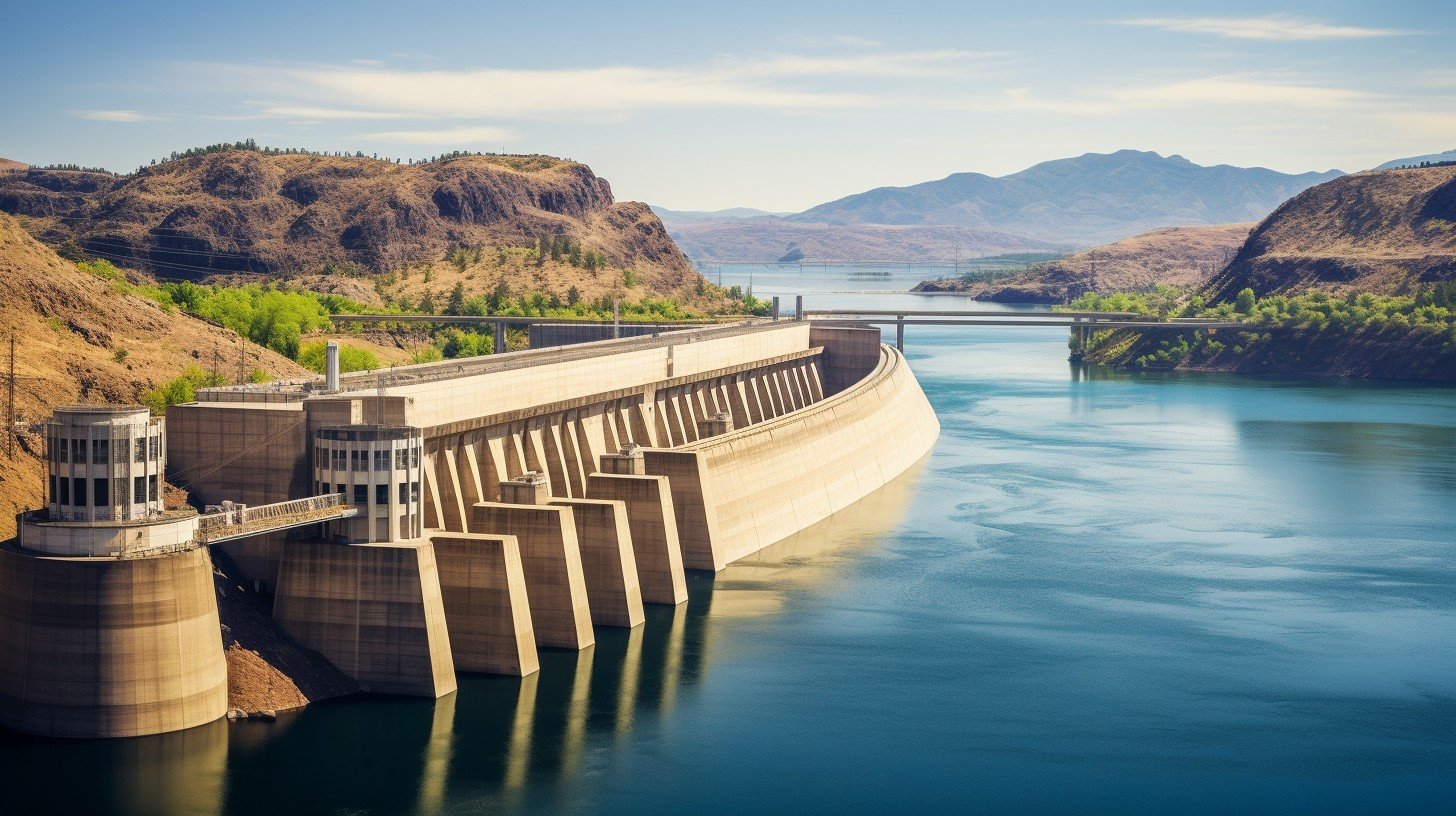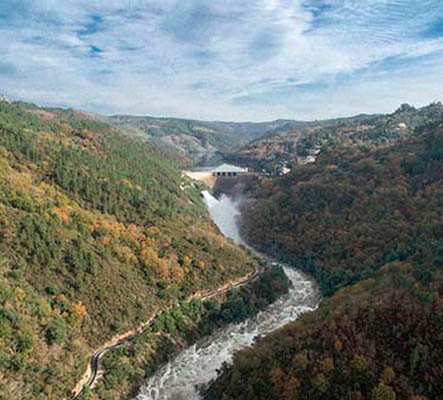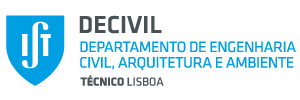
HYDRAULICS
Coordinator: Helena Ramos
This group is composed of 34 researchers (13 integrated PhD, 8 PhD collaborators, 13 PhD students) covering a broad range of topics, which include six main research lines with several cross-cutting related issues, such as:
Hydraulics Research Group is active in the following general domains of hydraulics:
- Pressurized water systems
- Fluvial hydraulic structures
- River restoration and management
- Environmental hydraulics and morphodynamics
- Ocean waves, coastal morphodynamics and coastal/port structures
Through all thematic strands of CERIS, Hydraulics Research Group plans to:
- Reduce the impacts of water uses (e.g. dam construction, hydropower production)
- Study the transport of sediments, pollutants and nutrients in rivers, estuaries, tidal inlets and sandy beaches
- Improve the ecological connectivity and habitat conditions in rivers
- Increase the safety and efficiency of hydraulic systems
- Develop improved solutions for hydroenergy generation
- Study coastal hazards at the sea-land interface
- Improve the safety of navigation and on/offshore structures
- Assess coastal engineering solutions (e.g. coastal defence structures, beach/shoreface nourishments)
Hydraulics Research Group has made a considerable impact on specific topics such as:
- Pressurized water systems
- Hydraulic transient 1D/2D/3D modelling in pressurised pipes
- Energy efficiency, hydropower and hybrid energy production
- Performance, resilience and risk management of water systems
- Fluvial hydraulic structures
- CFD modelling of hydraulic structures
- Experimental study of stepped spillways
- Design criteria for the prediction of the maximum scour in a plunge pool spillway
- River restoration and management
- Modelling of fishways and fish species behaviour assessment
- Incorporating riparian vegetation into environmental flow regimes
- Environmental fluid mechanics and morphodynamics
- Modelling of solid-fluid and between solids and fluid in free-surface flows
- Modelling dam-breach and dam-break dynamics
- Scour at bridge piers, abutments and river confluences
- Development of instrumentation to measure bedload transport rates
- Study of river sediment transport dynamics in rough-bed streams
- Ocean waves, coastal morphodynamics, and coastal/port structures
- Numerical studies of sediment transport dynamics in coastal areas
- Modelling tsunamis and storm surges
- Field observations of hydro-morphodynamics at coastal areas






